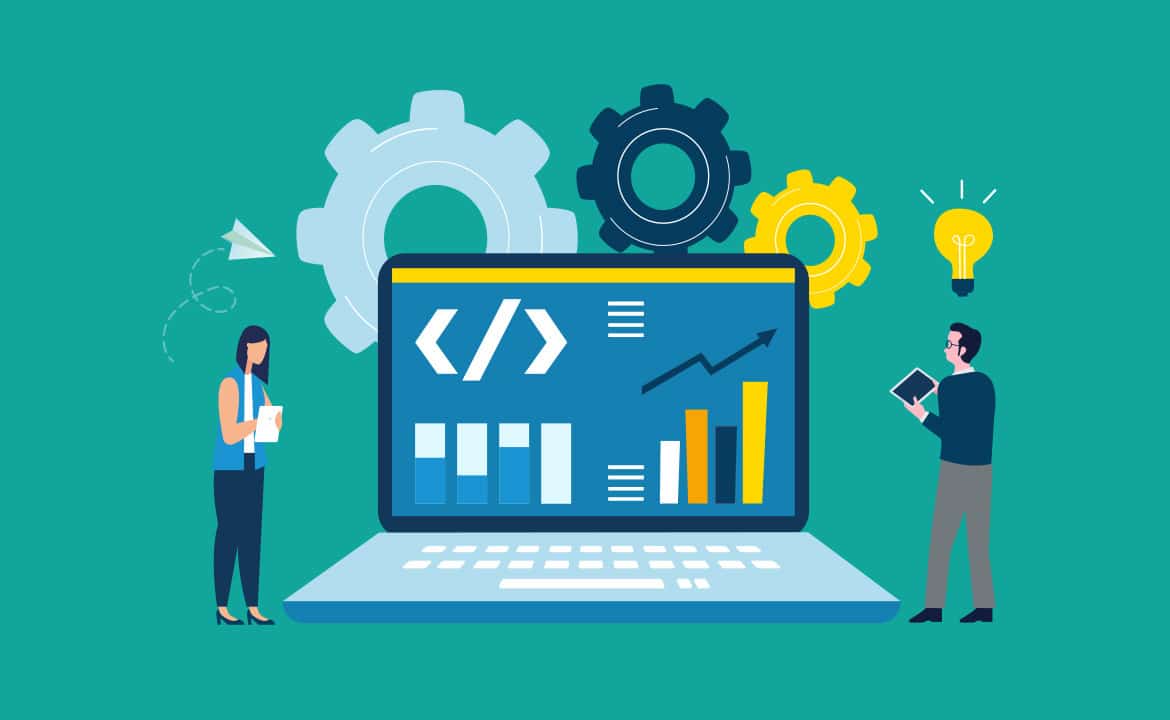Despite huge adoption of AI and machine learning (ML), many organisations are still struggling to get ML models into production at scale.
The result is AI projects that stall, don’t deliver ROI for years, and potentially fail altogether. Gartner Group estimates that only half of ML models ever make it out of trials into production.
Why is this happening? One of the biggest issues is that companies develop successful ML prototype models, but these models aren’t equipped to be deployed at scale into a complex enterprise IT infrastructure.
All of this slows down AI development. Software company Algorithmia recently reported that most companies spend between one and three months deploying a new ML model, while one in five companies took more than three months. Additionally, 38% of data scientists’ time is typically spent on deployment rather than developing new models.
Algorithmia found that these delays were often due to unforeseen operational issues. Organisations are deploying models only to find they lack vital functionality, don’t meet governance or security requirements, or need modification to provide appropriate tracking and reporting.
How MLOps can help
Enter MLOps. While MLOps leverages DevOps’ focus on compliance, security, and management of IT resources, MLOps add much more emphasis on the consistent development, deployment, and scalability of models.
Organisations can accelerate AI adoption and solve some of their AI challenges by adopting MLOps. Algorithmia found that where organisations were using MLOps, data scientists were able to reduce the time spent on model deployment by 22%, and the average time taken to put a trained model into production fell by 31%.
That’s because MLOps provides a standard template for ML model development and deployment, along with a clear history and version control. This means processes don’t need to be reinvented for each new model, and standardised processes can be created to specify how all models should meet key functional requirements, along with privacy, security and governance policies.
With MLOps, data teams can be confident that new code and models will meet architecture and API requirements for production usage and testing. By removing the need to create essential features or code from scratch, new models are faster to build, test, train and deploy.
MLOps is being widely used for tasks such as automation of ML pipelines, monitoring, lifecycle management and governance. MLOps can be used to monitor models to sense any fall in performance or data drifts that suggest models might need to be updated or retrained.
Having a consistent view of ML models throughout the lifecycle in turns allows teams to easily see which models are live, which are in development, and which require maintenance or updates. These can be scheduled more easily with a clear overview of the ML landscape.
Within MLOps, organisations can also build feature stores, where code and data can be re-used from prior work, further speeding up the development and deployment of new models.
Learn more about MLOps
Our new playbook, Operationalising Machine Learning, provides guidance on how to create a consistent approach to monitoring and auditing ML models. Creating a single approach to these tasks allows organisations to create dashboards that provide a single view of all models in development and production, with automated alerts in case of issues such as data drift or unexpected performance issues.




